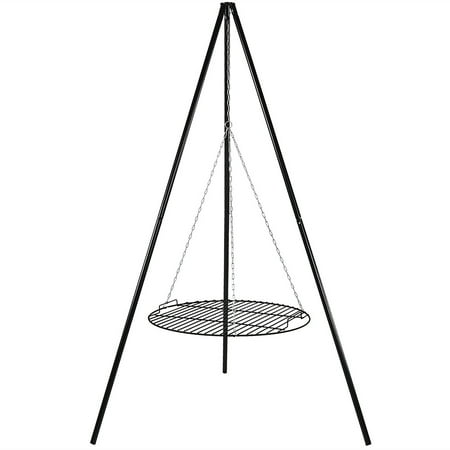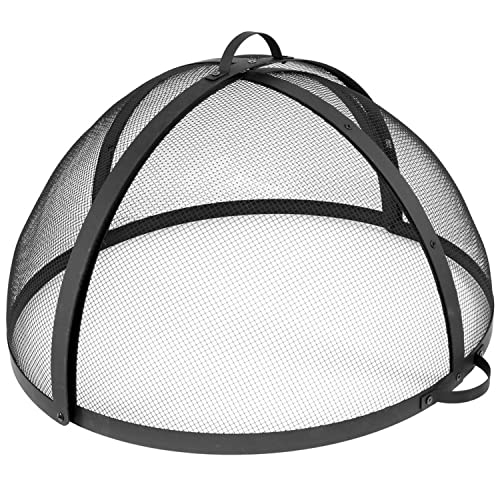Wood vs Gas Fire Pits — The Pros and Cons, and Which Makes More Sense to Buy
Crackling flames or convenience and control? Expert advice to help you decide what's best for you
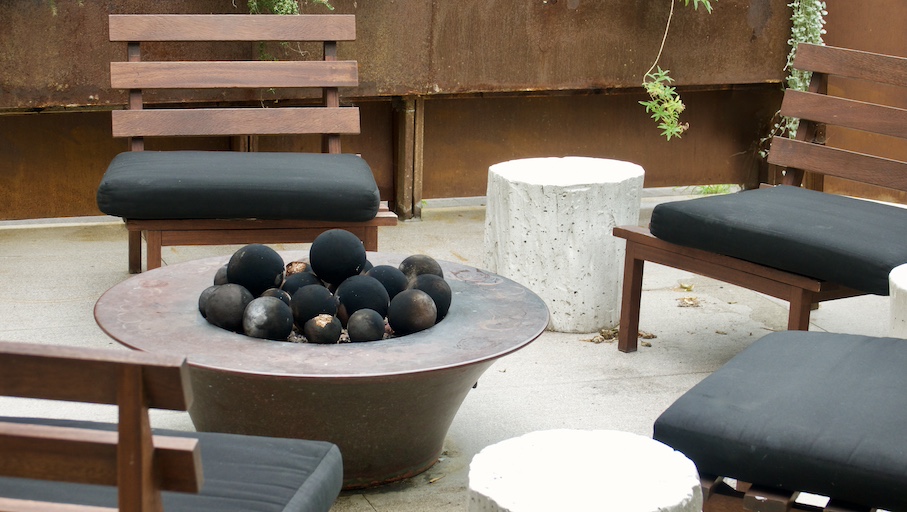
Humans have gathered around fire for millennia and we still have a desire to do so — whether to eat, play music or just shoot the breeze. However, we now have different ways to create a flame. For this reason, you may be considering the merits of a wood vs gas fire pit.
Each of these heat sources has its pros, cons and controversies: from crackling flames and cost-effectiveness to convenience and control, plus environmental impact.
So, what's the answer to whether you should buy a wood-burning or gas fire pit? In design, these fire pit ideas might not have much between them. But, when taking into account the pros and cons, in a modern yard, a gas fire pit outperforms in terms of usability and convenience, but you may find yourself longing for the crackle of a real wood fire.
We've laid out the differences between the two, below, with expert advice so you can make a call on which type of fire pit is right for you and your yard.
Wood Fire Pits — Pros and Cons
The Pros
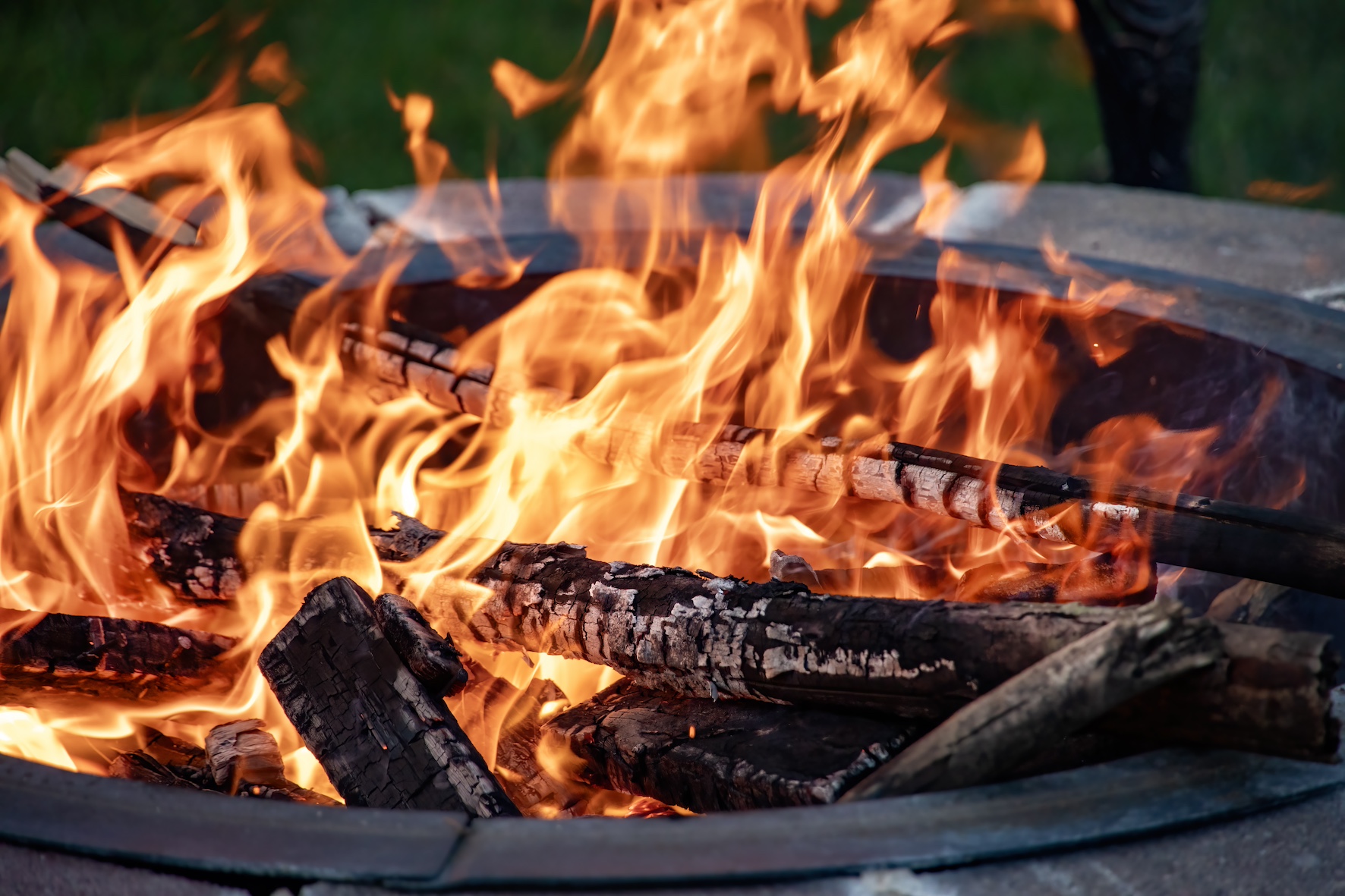
A wood fire pit is a good choice for those who like the authentic experience of sitting around a camp fire. The crackling sound of the flame, the smoky aroma of burning wood and spontaneous sparks flying into the air all add to the ambience.
It's an economical choice too, wood fire pits tend to be less expensive than gas models, unless you want a bespoke design.
It's possible to cook over some wood fire pits too. If you have the necessary grate, grill or tripod, you can turn it into an outdoor BBQ idea to barbecue steaks, grill corn cobs and much more. Burning wood generates much more heat than gas, so would better suit those who live in regions with cooler evenings.
The Livingetc newsletters are your inside source for what’s shaping interiors now - and what’s next. Discover trend forecasts, smart style ideas, and curated shopping inspiration that brings design to life. Subscribe today and stay ahead of the curve.
"Wood fire pits are good for heating larger outdoor spaces," says Josh, fire pit expert at Sunny Daze Decor. "If you enjoy cooking over fire, a wood fire pit is the way to go. With the aroma of burning wood and crackle of the flames, it creates a cozy, rustic place to enjoy outdoor time."
The Cons
Seasoned (dried) logs produce less particulate matter than damp or fresh timber, which contributes to toxic air pollution. So you'll need a log stand and somewhere to keep your fire wood dry.
Sparks can also fly off burning wood, which can be dangerous if you live in an area prone to drought. So a spark screen, like this one from Amazon, is essential (although not fool-proof). Wood fire pits are also not suitable on timber decking, due to the heat created and the fire risk.
Check your local by-laws to ensure it is legal to burn wood outdoors in your area. It is also important to observe any emergency burning restrictions or air quality alerts in place. A wood fire pit will also need to be swept regularly.
"Wood fire pits require more maintenance than gas," explains Josh at Sunny Daze Decor. "Once they've cooled, the left over ashes need to be removed before the next burn. They also experience more degradation from the high heat over time.
"It can also be trickier to keep the flame lit; you'll need kindling, wood, oxygen and patience to get the fire started."
At Fire Pit Art, Rick Wittrig suggests keeping a wood fire pit a minimum of 25 feet away from buildings, structures and covered porches. So ensure you have adequate space.
"Never place a wood fire near anything you would like to have tomorrow," says Rick Wittrig, co-founder, Fire Pit Art. "Wood type and seasoning, how near combustible items are located, how easily they could ignite, and strong winds should always be considered."
Gas Fire Pits — Pros and Cons
The pros
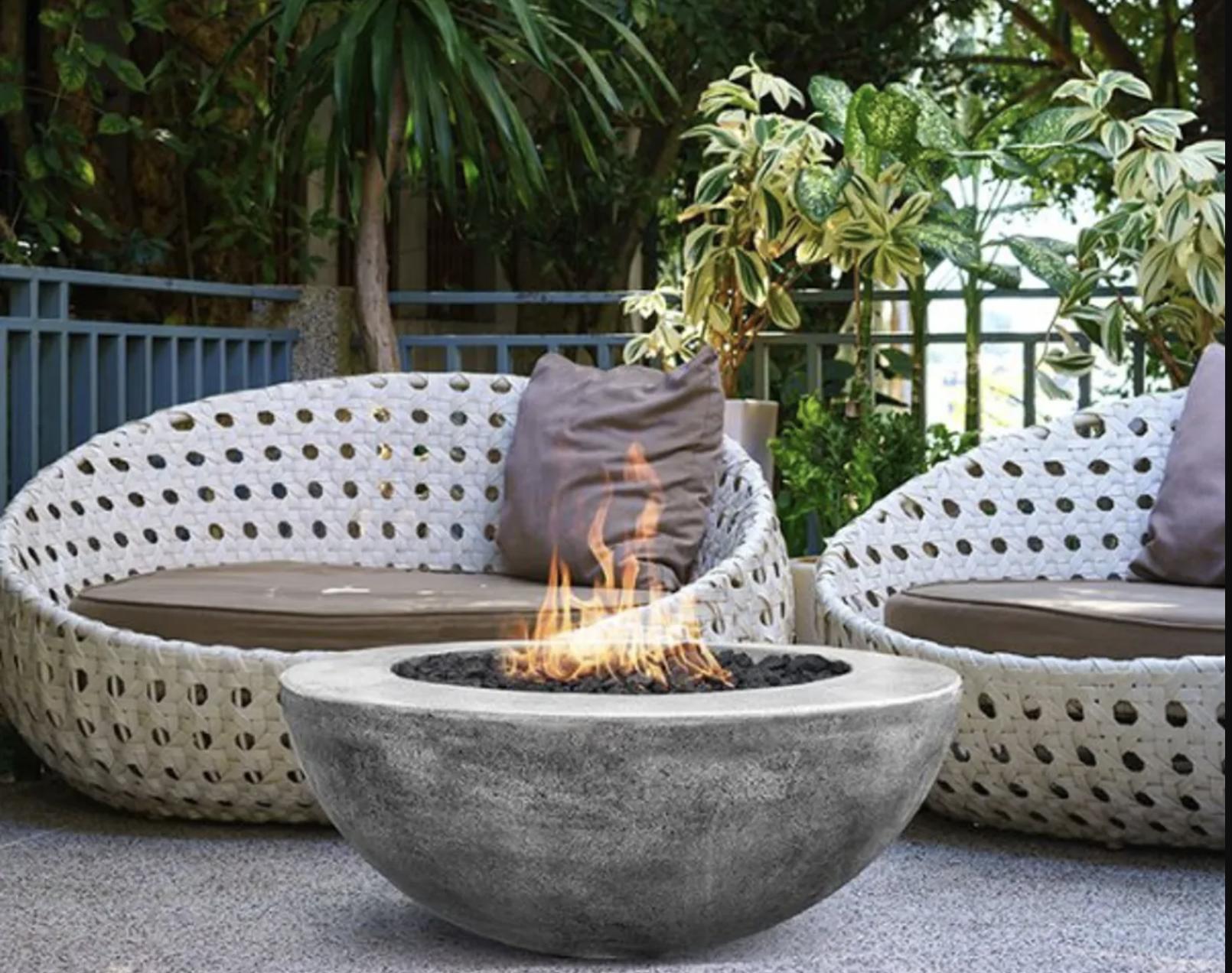
Gas fire pits are available in a multitude of design options; they're easy to use and require little maintenance. All you need to do with this type of fire pit to get the flame started is to switch it on, or turn the gas release knob.
If you opt for a model that runs on propane gas, you'll need to change the tank when it runs out and have somewhere to store the spare tanks. Models that run on mains gas would require a gas line and professional installation.
"Gas fire pits, whether propane or mains gas, provide a cozy ambience for outdoor evenings, without as much heat as a wood fire pit," says Josh. "So there's more flexibility in where you use a gas fire pit, such as balconies and porches.
"Gas models have a controllable flame, so you don't have to be concerned about smoke or hot ambers flying off. They feature more designs to fit with your outdoor decor too."
The cons
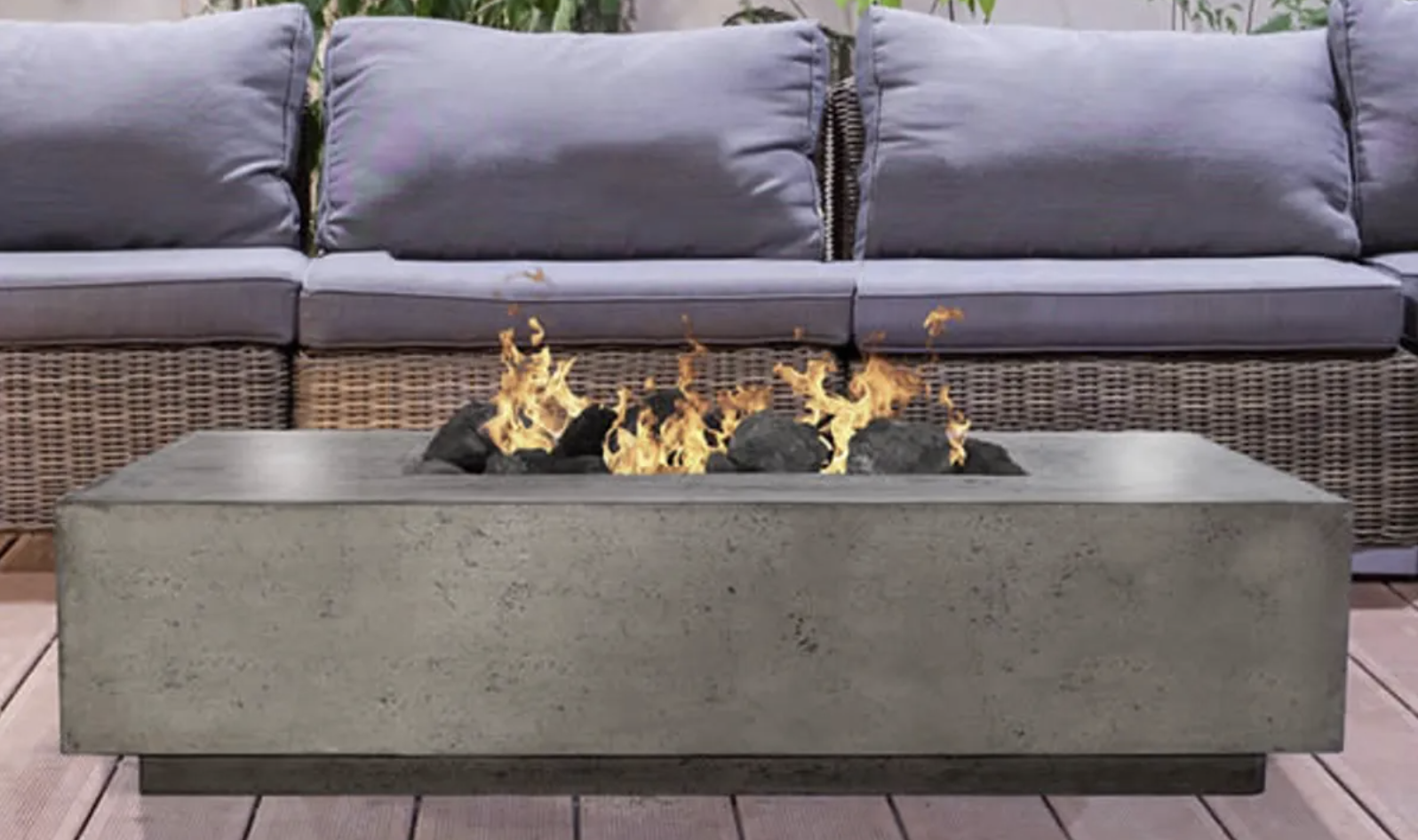
Gas fire pits are more expensive than wood fire pits, even those that run on propane. The cost is even higher for those which run on mains gas, as you would need a gas line to be run outside and professional installation.
The look and feel may be a little sterile for some. There's no crackling flame or aroma, and it's not possible to cook on a gas fire pit.
"It's ok to toast marshmallows over a gas fire pit and they are great for s'mores nights," says Josh. "However, you shouldn't cook any other type of food, as the oils and fats can leak into the gas line and cause a fire."
The answer to which is best really depends on your situation. If you're going to spend a lot of time outdoors around the fire, gas is going to win out for you in reality. It's easy to control and quick to maintain. If you're an infrequent user, and the cost of gas is off-putting, then wood is a fine option for the occasional outdoor evening.
However, be warned — there are plenty of people out there who suggest burning wood in any capacity is a bad idea, and gas doesn't exactly have huge green credentials. There's no easy and efficient alternative to either wood or gas at present for fire pits aside from ethanol fire pits, which come with their drawbacks, too.
What wood is best to burn in a fire pit?
Any wood used for burning needs to be seasoned (dried for at least six months), and ideally have a water content of less than 20% to reduce toxic particulate matter being released. This can be measured with a wood moisture meter.
Hardwoods burn slower, cleaner and produce a longer-lasting flame, while softwoods ignite quickly and produce a vibrant flame, according to the experts at Fire Pit Art, who recommend softwood for kindling and seasoned hardwood for the rest of your fire pit's fuel.
"Well seasoned (dry) hardwoods burn best," says Rick Wittrig, co-founder, Fire Pit Art. "Hardwoods include oak, maple or birch, and softwoods include pine or cedar. Poorly seasoned wood “pops” and shoots out burning embers.
"Newly cut wood has a high moisture content, so doesn't burn efficiently. And painted or treated wood could have toxic chemicals that are not good to release into the air or to breathe–use tree wood only in a fire pit."
Jacky Parker is a freelance lifestyle journalist and writer, producing a wide range of features for magazines and digital platforms. She has written for Livingetc and its sister titles, Homes & Gardens and Country Homes & Interiors for more than 15 years, both as a freelance contributor and as Acting Digital Editor and Acting Style Content Editor, regularly reporting on the latest interiors, gardens and wellness inspiration, speaking to experts in their respective fields, and discovering the best tips.
Jacky has also written for other publications, including Sunday Times Style, The Telegraph, Architectural Digest, House Beautiful, ELLE Decoration, Red, Grand Designs and more.
